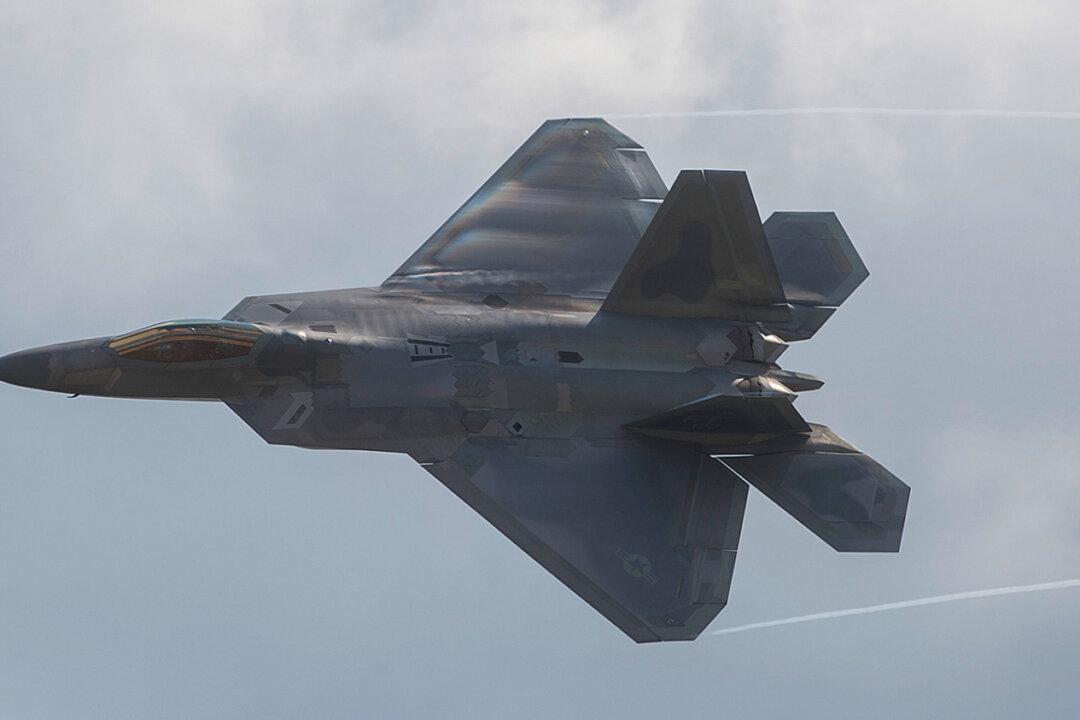Commentary
The initial news that a spy balloon from China was hovering over the continental United States caught many people by surprise. We’re just not used to seeing that sort of thing happen.

The initial news that a spy balloon from China was hovering over the continental United States caught many people by surprise. We’re just not used to seeing that sort of thing happen.